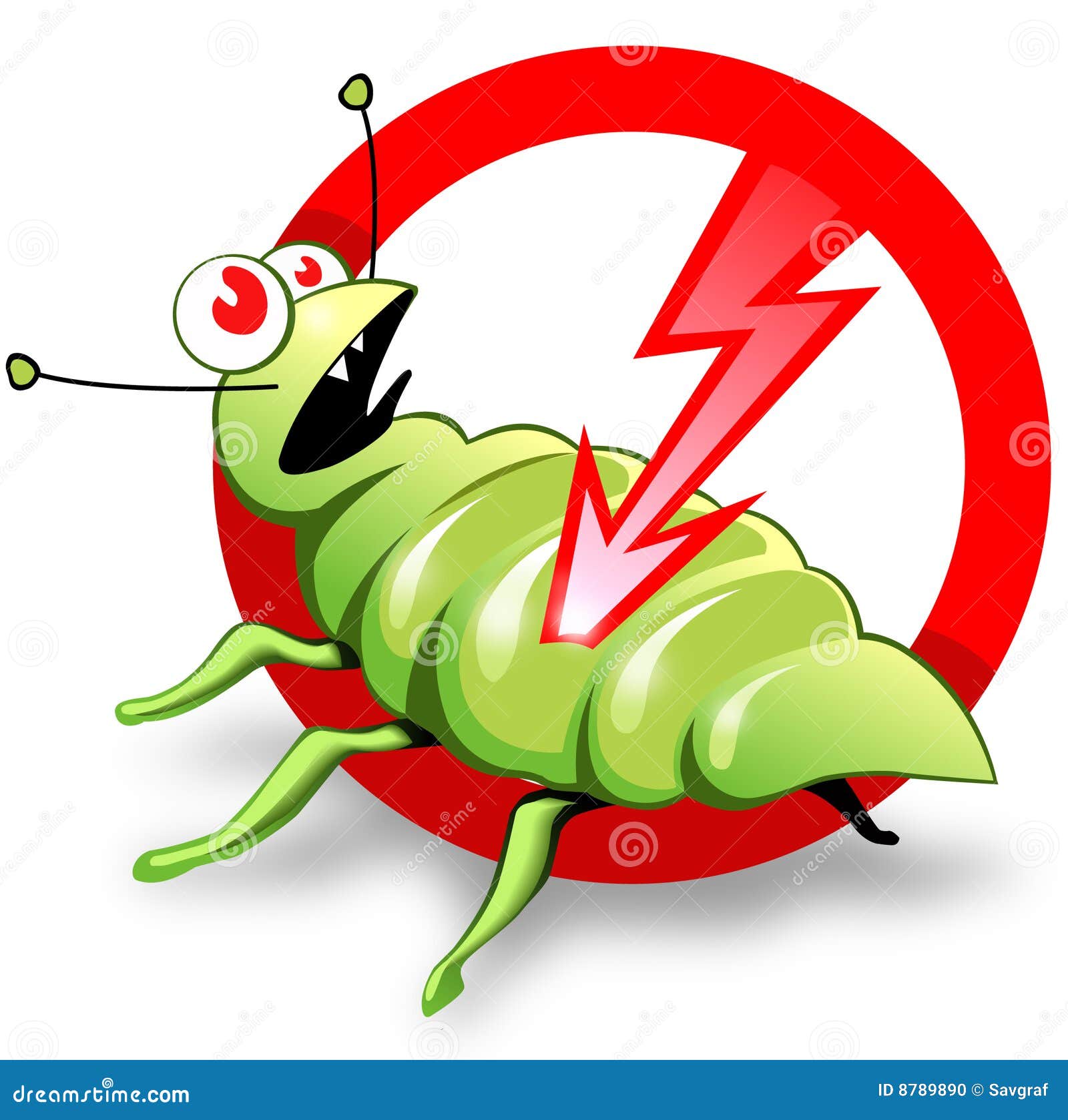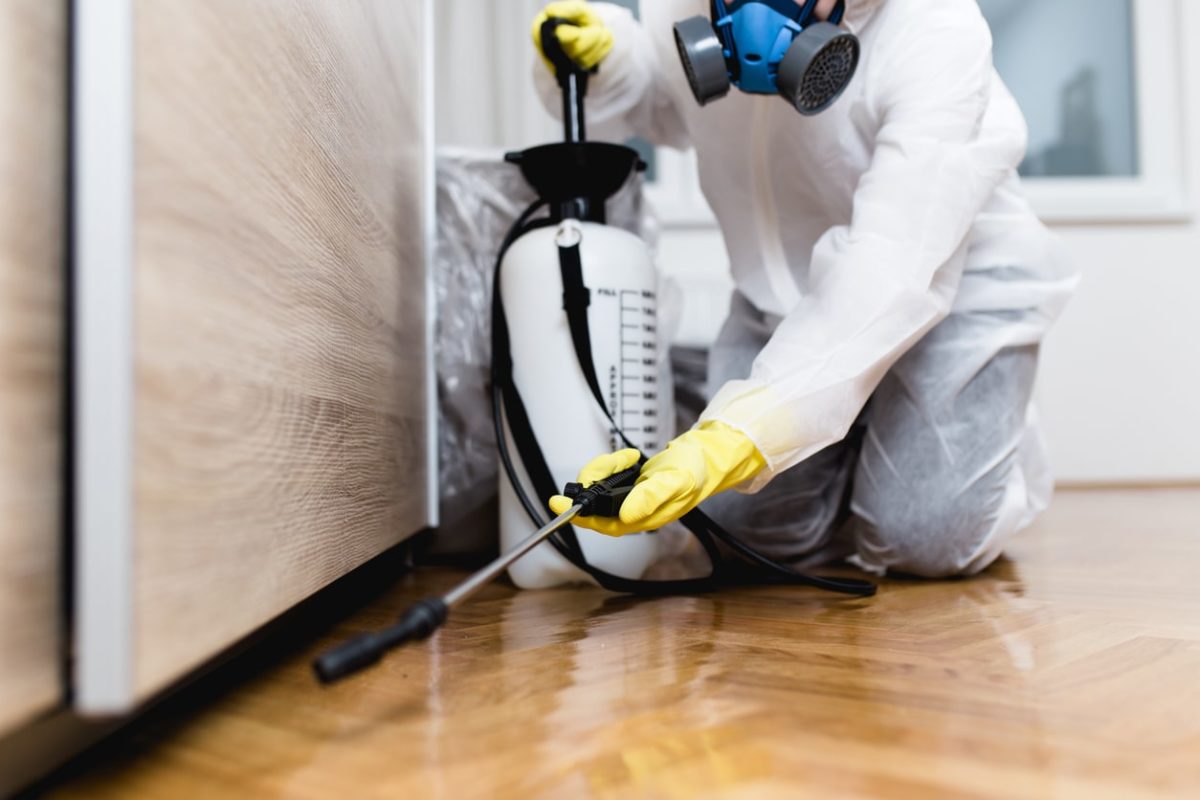Cost-effective Pest Control to protect your property from rodent problems.
Eco-Friendly Pest Control Approaches for Taking Care Of Wild Animals in Urban Locations
Urban areas typically discover themselves at the crossway of human task and wild animals, leading to special difficulties in insect management. These techniques not just protect the setting yet likewise enhance community involvement in wild animals monitoring. As city populaces continue to expand, understanding the characteristics of wildlife interactions comes to be progressively important.
Understanding Urban Wild Animals Dynamics
Recognizing Urban Wild animals Characteristics is vital for developing reliable and green insect control techniques. Urban locations are progressively becoming environments for various wild animals species, driven by variables such as habitat fragmentation, food availability, and human infringement. Recognizing these characteristics allows for a nuanced strategy to pest administration that aligns with environmental concepts.
Urban wildlife usually includes varieties such as raccoons, squirrels, and birds, which adapt to city settings, finding specific niches in green areas, parks, and even houses. Their visibility can lead to disputes with humans, especially when they exploit human sources for food and shelter. Comprehending the actions and ecological functions of these varieties informs methods that minimize unfavorable communications while advertising biodiversity.
Furthermore, acknowledging the interdependencies within metropolitan communities assists in recognizing crucial areas for habitat conservation and repair. This knowledge adds to the advancement of incorporated bug monitoring (IPM) techniques that think about the ecological balance, thus lowering dependence on harmful chemicals. By promoting conjunction between people and urban wildlife, cities can create healthier settings that profit both homeowners and neighborhood ecosystems, paving the way for sustainable urban living.
Natural Repellents and Deterrents
Natural repellents and deterrents offer a lasting choice to standard pest control techniques by harnessing the power of nature to maintain undesirable types away. These environment-friendly remedies typically make use of plant-based active ingredients, crucial oils, and various other normally occurring compounds that discourage pests without damaging the setting.
One efficient natural repellent is peppermint oil, which is recognized to repel rats and bugs. Its strong scent is undesirable to lots of insects, making it a prominent choice for city setups. Similarly, vinegar and citrus peels can work as deterrents, as their solid odors are typically uninviting to different wildlife.
Additionally, diatomaceous planet is a natural powder that can be spread out in areas susceptible to pest activity, properly dehydrating and deterring bugs without positioning threats to non-target types. Furthermore, garlic sprays and neem oil are acknowledged for their ability to drive away a large range of parasites, including both pests and larger wildlife.
Implementing these natural repellents not just decreases reliance on chemical pesticides yet additionally advertises a much healthier city community, cultivating a more balanced coexistence in between humans and wildlife. By making use of these approaches, metropolitan locations can effectively handle parasite populations while reducing environmental influence.
Environment Alteration Techniques
Efficient environment alteration strategies play a vital duty in lasting pest management by changing the atmosphere to make it much less for pest problems. By comprehending the eco-friendly dynamics of city locations, residential property proprietors can implement strategic adjustments that prevent bugs while advertising biodiversity.
(Mosquito Treatment)One primary method entails keeping proper sanitation. This includes regular waste removal, protecting garbage can, and getting rid of standing water to lower reproducing websites for pests and rats. Furthermore, landscape design techniques such as picking indigenous plants can boost eco-friendly equilibrium, supplying environments for valuable microorganisms while decreasing sources for parasites.
An additional crucial technique is to seal access factors in buildings. Evaluating and repairing splits in foundations, walls, and windows can significantly lower insect accessibility. Creating physical obstacles, such as fences or plant barriers, can inhibit wild animals movement right into human-inhabited areas.
Integrated Parasite Administration Practices
Structure upon habitat modification techniques, incorporated insect monitoring (IPM) methods supply an alternative strategy to managing parasite populations while decreasing environmental effect. IPM incorporates various approaches, including organic, social, mechanical, and chemical controls, to achieve efficient parasite administration.
Biological control involves the intro of all-natural killers or parasites to decrease parasite populations. Cultural techniques, such as crop rotation and cleanliness, interrupt pest life cycles and decrease their environments - Pest control service. Mechanical controls, like traps and barriers, offer prompt alleviation from pest pressures without chemical intervention
Chemical controls are used as a last resource, focusing on targeted applications that limit damage to non-target varieties and the setting. The selection of ecologically friendly chemicals, when essential, is indispensable to the IPM framework. Furthermore, monitoring pest populations and evaluating prospective damages aids educate decision-making, guaranteeing that interventions are timely and efficient.
Community Involvement and Education

(Pest Control Near Me)Workshops and informational sessions can outfit homeowners with expertise concerning native varieties, environment preservation, and reliable non-toxic bug administration methods. Collaboration with schools, local companies, and federal government firms better boosts academic outreach, guaranteeing that vital info reaches diverse audiences.
Moreover, community-led campaigns, such as area clean-up days and habitat restoration tasks, not just promote biodiversity however likewise strengthen area ties. Pest Control. By urging locals to share their experiences and observations, neighborhoods can develop targeted approaches that attend to particular neighborhood why not try this out bug issues
Including feedback from homeowners right into insect management prepares enables an extra responsive and flexible method to wild animals difficulties. Inevitably, notified and involved communities are vital to achieving lasting success in environmentally friendly parasite control, resulting in much healthier urban settings that respect both human and environmental demands.

Final Thought
In final thought, eco-friendly bug control approaches offer lasting options for handling urban wild animals. By focusing on habitat modification, making use of all-natural repellents, and carrying out integrated parasite administration practices, areas can cultivate a harmonious coexistence with neighborhood animals.